 Back again for this holiday season, IKEA has a printable $25 off $150 coupon [pdf] that is valid until December 24th, 2016. The coupon states that you can also show it on your phone at checkout. Valid in-store only.
Back again for this holiday season, IKEA has a printable $25 off $150 coupon [pdf] that is valid until December 24th, 2016. The coupon states that you can also show it on your phone at checkout. Valid in-store only.
These are pretty rare. Here is the fine print:
Valid November 14 – December 24, 2016. One coupon per household. Valid in stores only. No cash value. Cannot be combined with other IKEA offers or discounts, except IKEA FAMILY product offers. Not valid on IKEA Kitchen Event offer, IKEA services, Eat for Free or Kids Eat Free IKEA Food Offers, IKEA FAMILY Individual Kitchen Planning Service Offer. Not valid on previous purchases or the purchase of IKEA Gift Cards. See store for details.

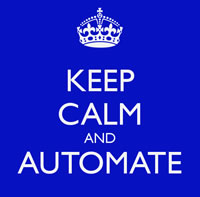 Here’s another post on the topic of
Here’s another post on the topic of 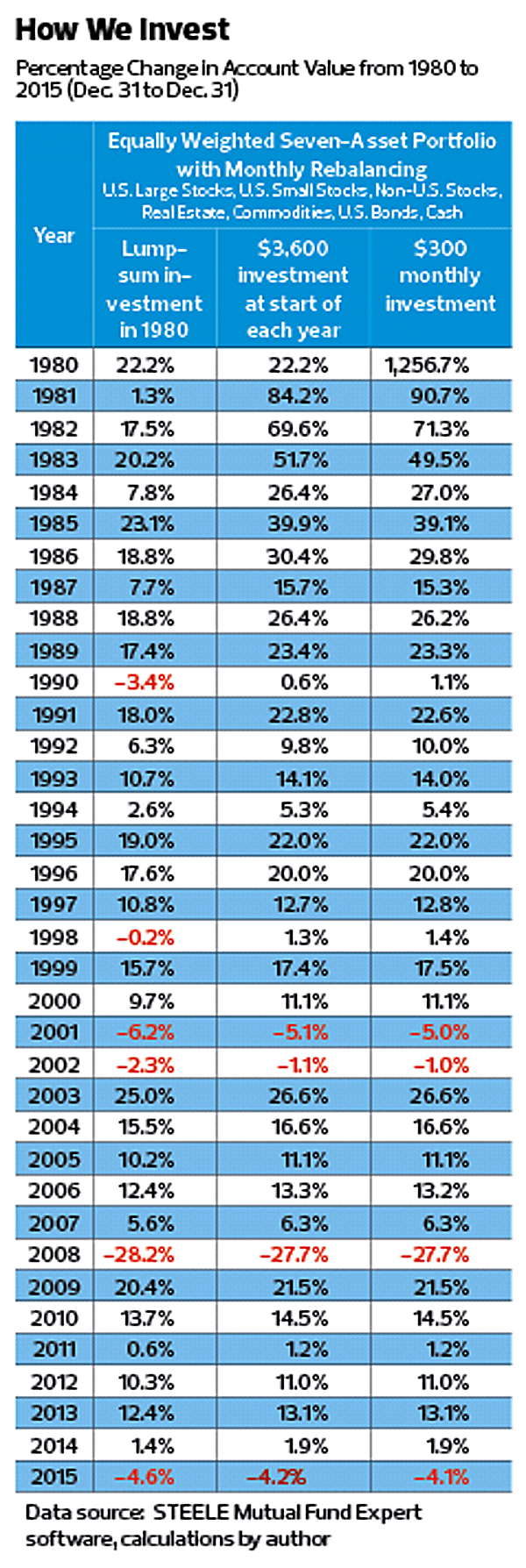

 Hilton Hotels has a promotion which matches the elite status of any other hotel loyalty program free for 90 days. You can register online at this
Hilton Hotels has a promotion which matches the elite status of any other hotel loyalty program free for 90 days. You can register online at this 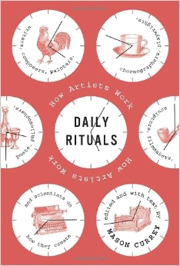
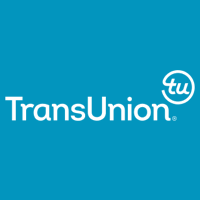
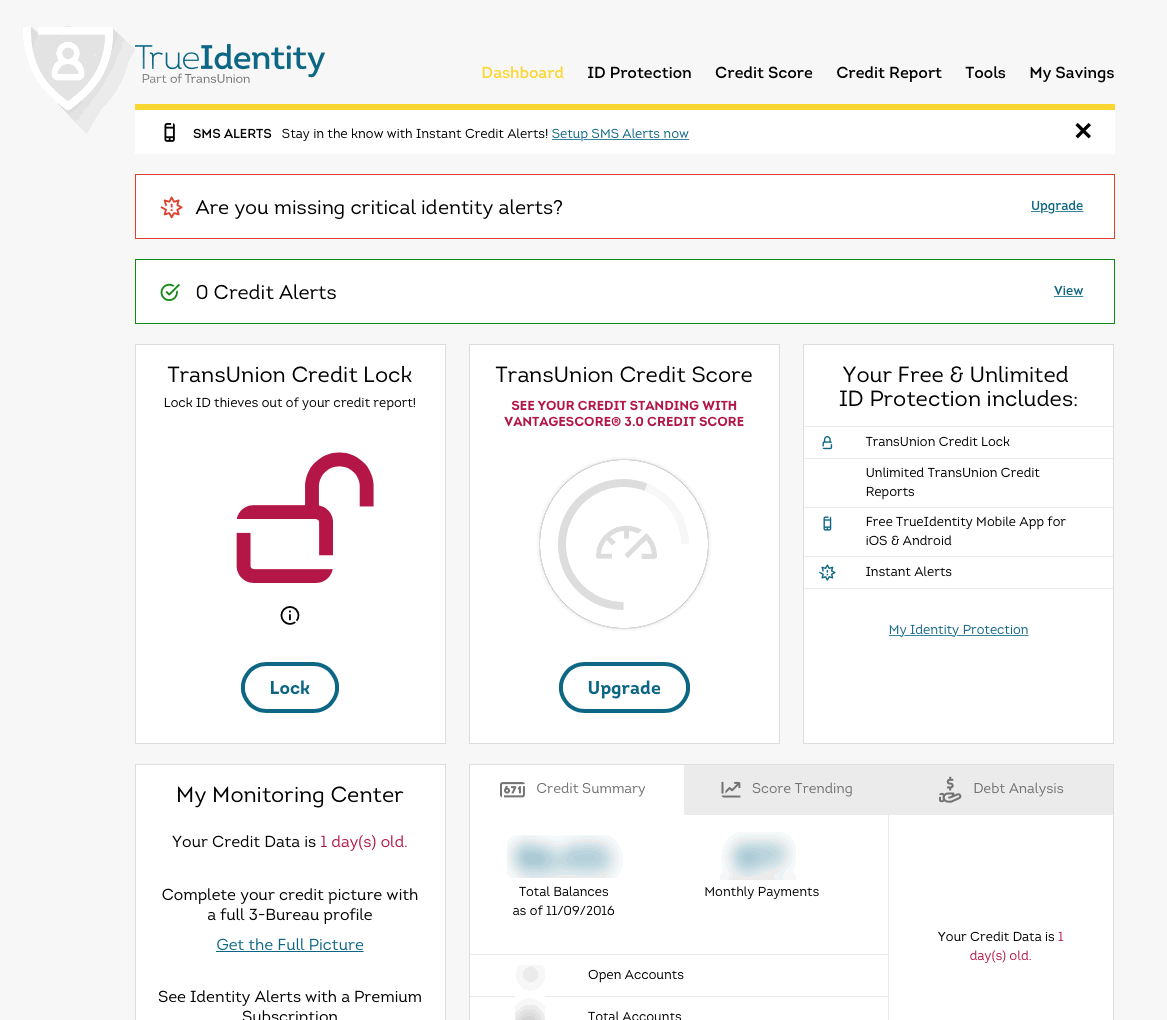
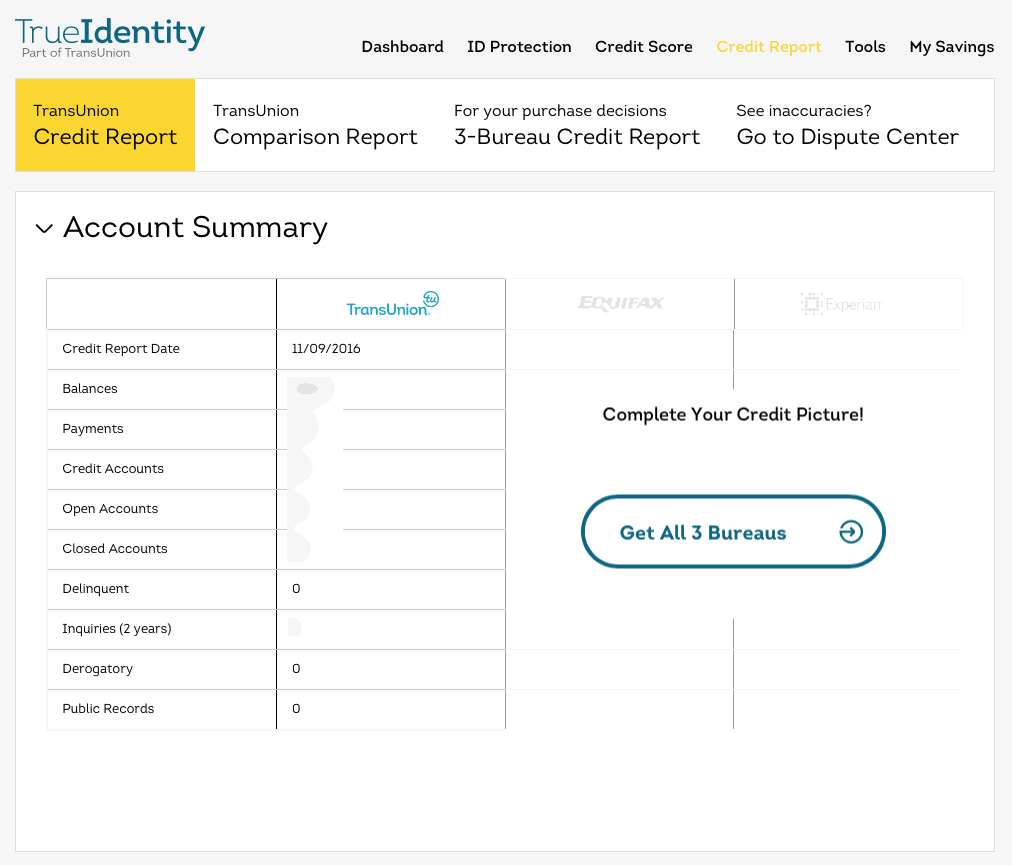
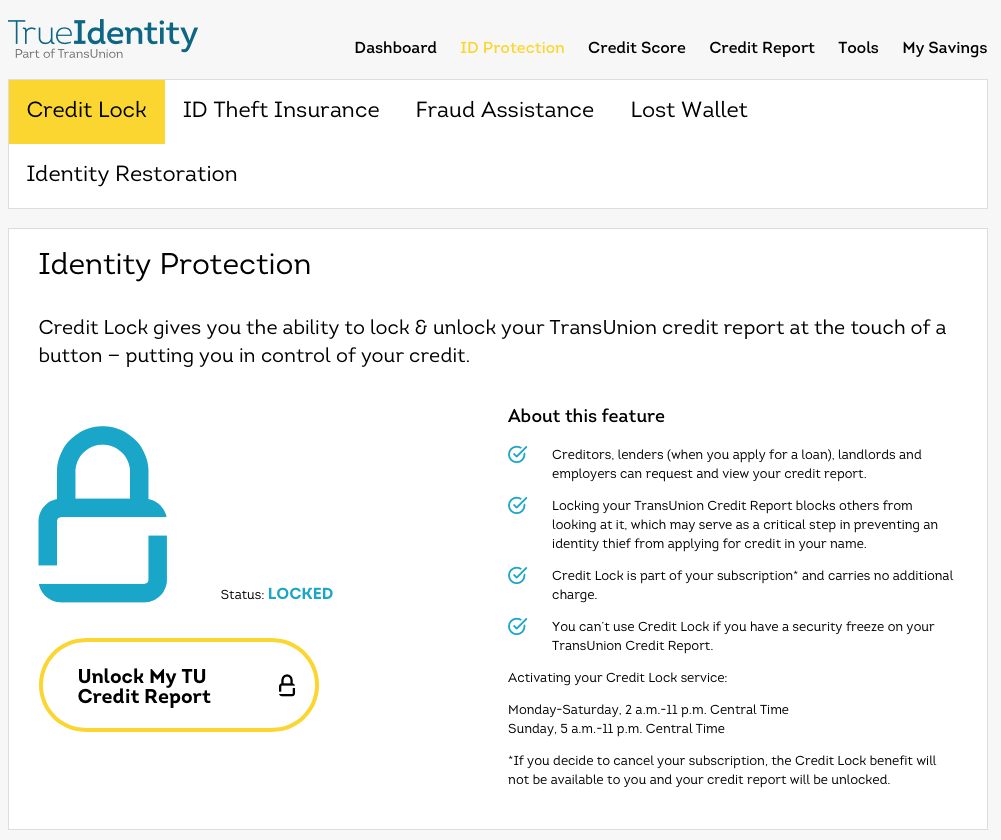

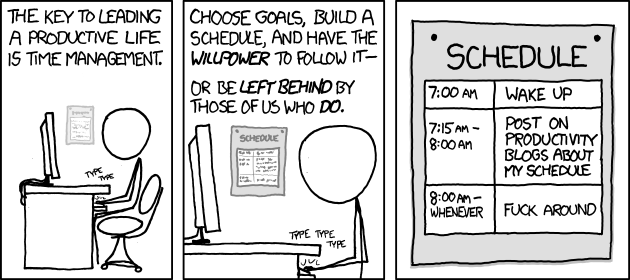
 Here’s a very simple game that does a great job of illustrating the pitfalls of investing, despite the long-term odds being in your favor.
Here’s a very simple game that does a great job of illustrating the pitfalls of investing, despite the long-term odds being in your favor. 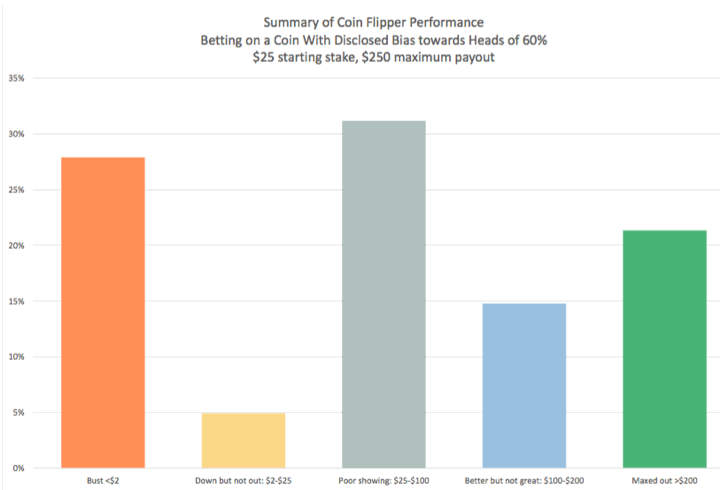



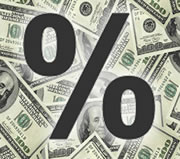
 The Best Credit Card Bonus Offers – March 2024
The Best Credit Card Bonus Offers – March 2024 Big List of Free Stocks from Brokerage Apps
Big List of Free Stocks from Brokerage Apps Best Interest Rates on Cash - March 2024
Best Interest Rates on Cash - March 2024 Free Credit Scores x 3 + Free Credit Monitoring
Free Credit Scores x 3 + Free Credit Monitoring Best No Fee 0% APR Balance Transfer Offers
Best No Fee 0% APR Balance Transfer Offers Little-Known Cellular Data Plans That Can Save Big Money
Little-Known Cellular Data Plans That Can Save Big Money How To Haggle Your Cable or Direct TV Bill
How To Haggle Your Cable or Direct TV Bill Big List of Free Consumer Data Reports (Credit, Rent, Work)
Big List of Free Consumer Data Reports (Credit, Rent, Work)